Via Verde de la Sierra, a cycling route in Cadiz province, Andalucia, between Olvera and Puerto Serrano
By Philip Crawford | Updated 12 Mar 2022 | Cádiz | Cycling |
Login to add to YOUR Favourites or Read Later
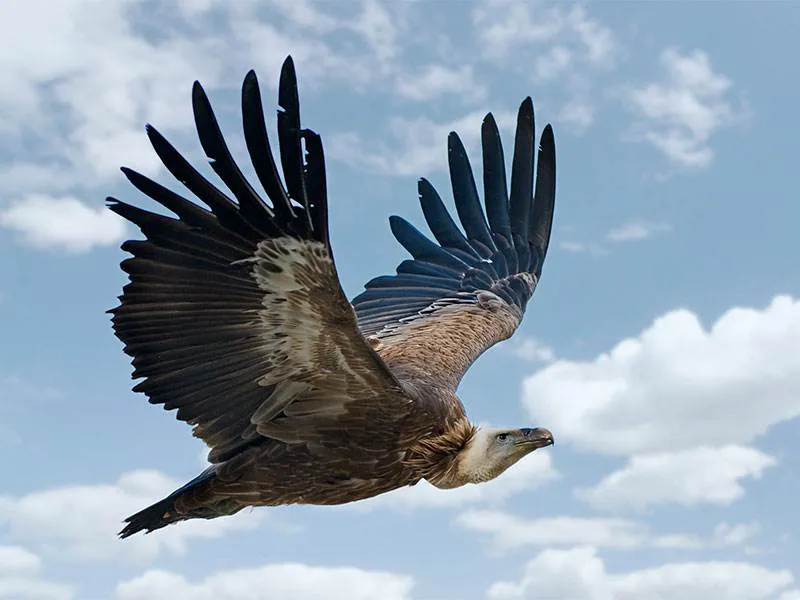
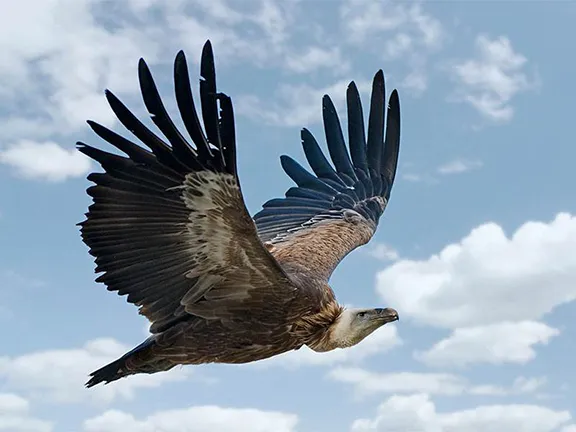
Voted the best Greenway in Europe in 2009, La Vía Verde de la Sierra runs for 36.5 km at the foot of the southernmost mountains of Spain, between the Cádiz towns of Olvera and Puerto Serrano, and in between, the Seville town of Coripe. It traverses some of the most beautiful and spectacular countryside in Andalucía, and follows a section of the old railway line from Jerez to Setinil and Grazalema, first proposed by the Cádiz authorities in 1888, but which progressed no further than the paperwork.
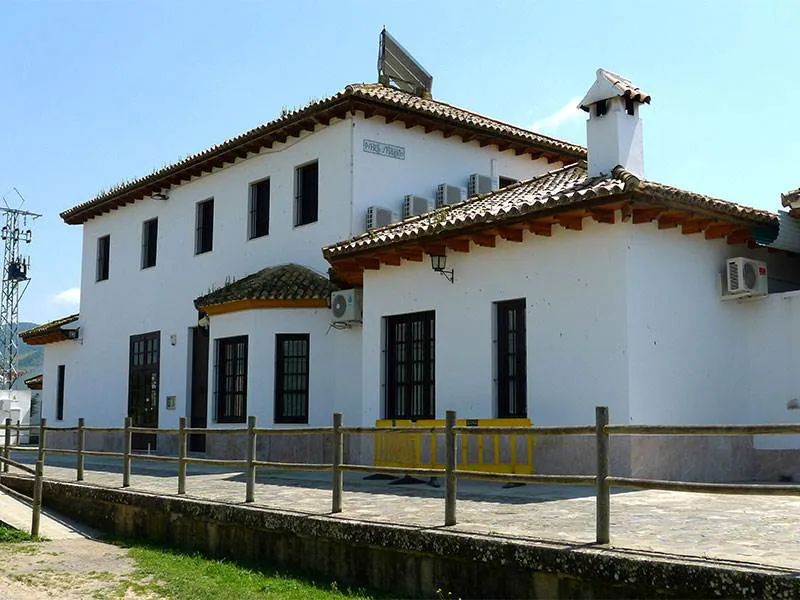
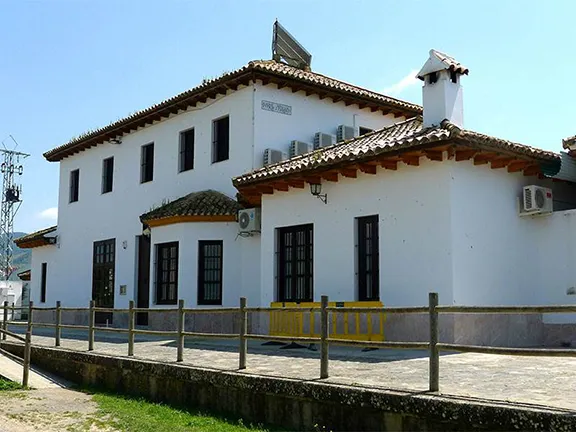
The railway has a fascinating history. The second attempt at building it dates from the early 1900s when a 130 km long wide-gauge railway was proposed by the Jerez to Villamartin & Setinil Railway Company, who invited interested parties and individuals to subscribe via a share issue. The idea of the railway was to carry wine and agricultural products from the Jerez region to other parts of the country. The company engaged a Jerez-born engineer, Antonio Gallegos Sanchez, but at an estimated cost of 24 million pesetas, the project also fell by the wayside through lack of funds.
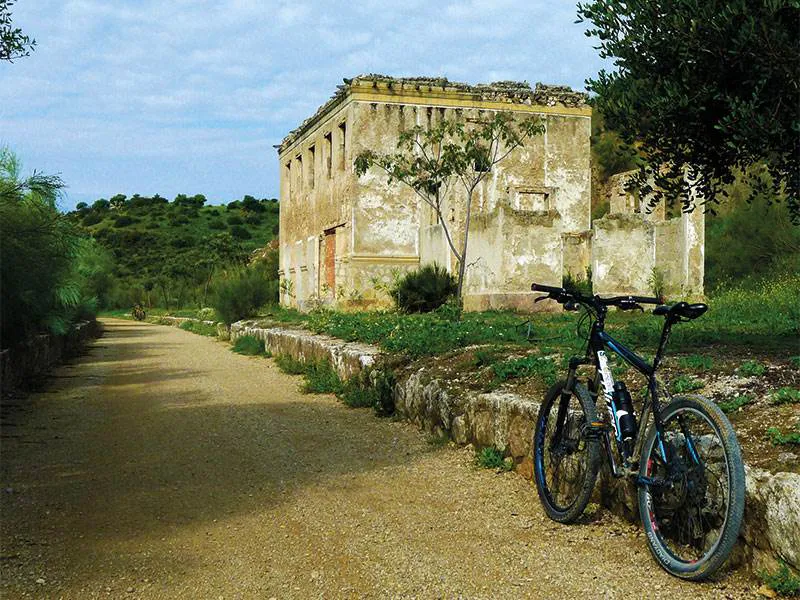
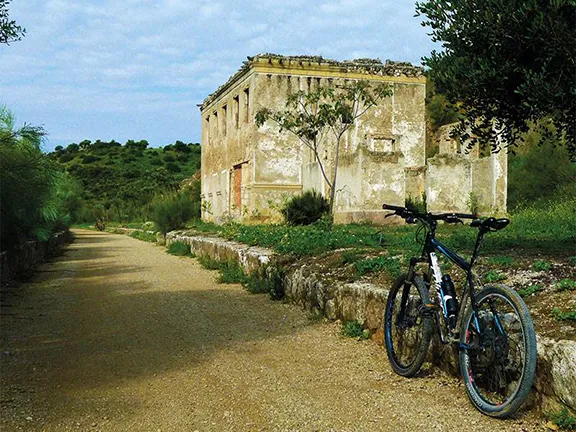
In 1908 the government of Antonio Maura included the Jerez to Setinil line in a proposed national railway infrastructure, using a narrow-gauge width of one metre, which would allow construction at a much lower cost. This third attempt was thwarted by the global economic crisis during and after the First World War, together with internal social unrest due to the Moroccan War, and the weakness of the government at the time.
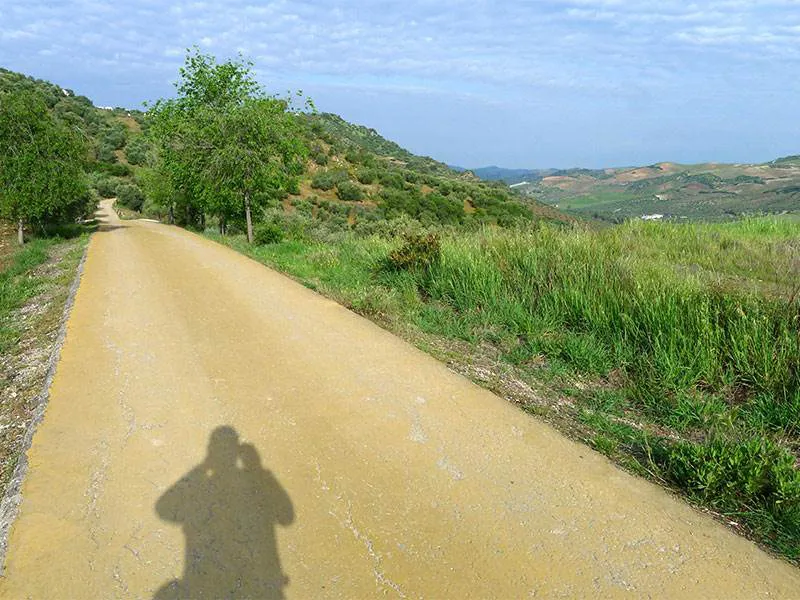
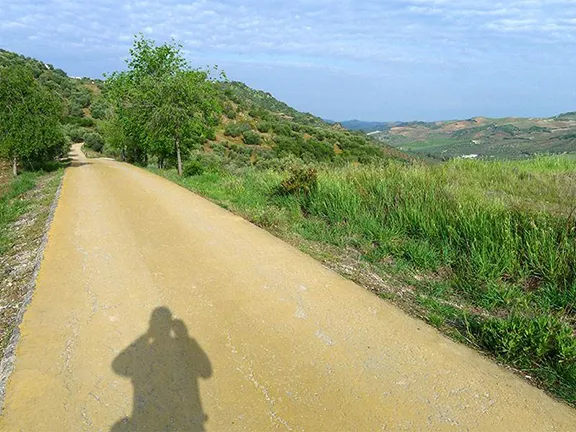
Attempt number four was instigated in 1925 by Málaga-born Rafael Benjumea Burin, the Minister for Development appointed by the dictatorship of General Miguel Primo de Rivera. The Minister was an engineer by profession, and his ambition was to create a railway system that would serve military and strategic interests. The idea was to connect more directly the naval bases at Cádiz and Cartagena.
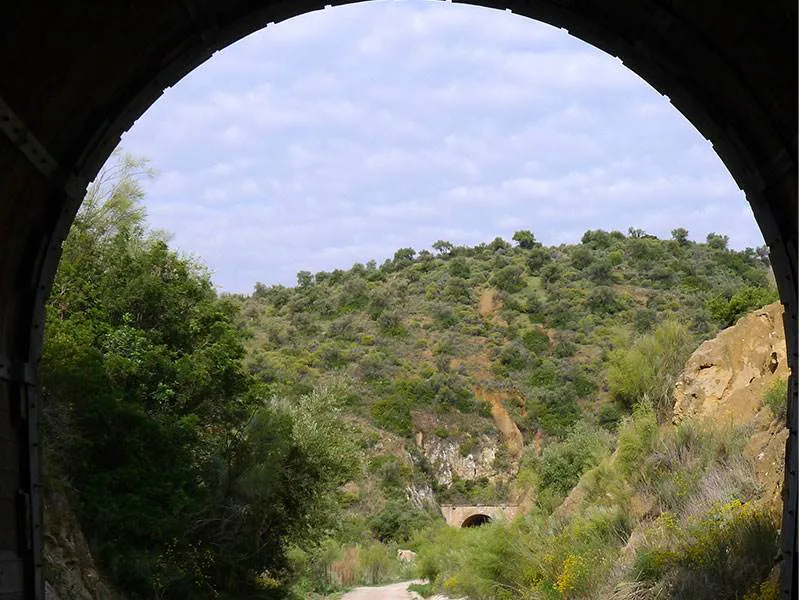
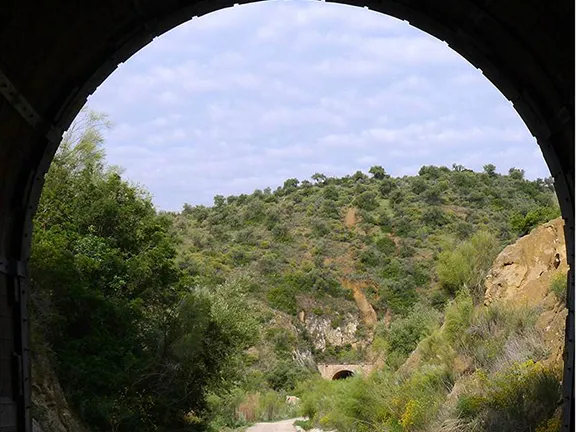
Between 1926 and 1933, tens of millions of pesetas were poured into the construction which was divided into three phases, each being awarded to a different construction company. Work was halted during the Civil War, recommenced again at the end of the Second World War, but due to a lack of impetus and momentum, together with a change in the economic viability of the project, it was finally abandoned in 1962. Not a single train ever ran on the line.
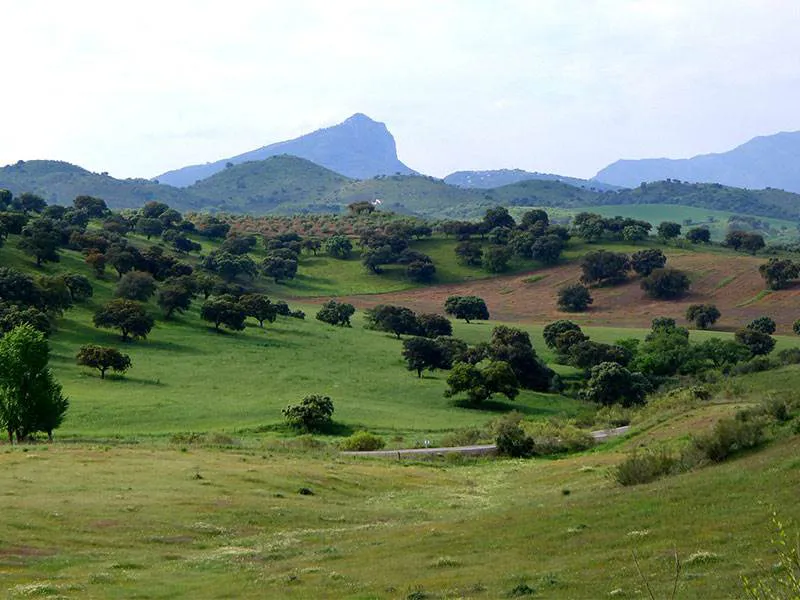
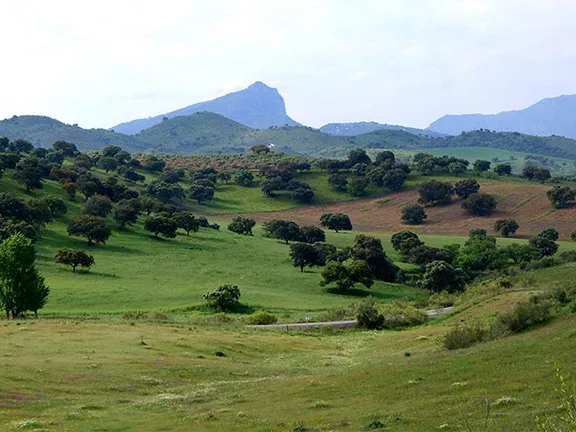
For its time the 127 km line was, and still is, a magnificent feat of engineering with fifty-five tunnels, seven long bridges and viaducts, and numerous subsidiary infrastructure works including embankments, trenches, and drainage systems.
In 1993, the Provincial Council of Cádiz, in collaboration with several other agencies, converted just over 36 kilometres of the line as part of a national ‘Via Verde’ or Greenway programme, for the exclusive use of walkers, cyclists, and horse-riders. Now in its twenty-sixth year, there are over one-hundred routes throughout Spain covering two-thousand kilometre of disused railway track.
The first time I cycled along this Greenway in 2015 I used my own bicycle fitted with road tyres. Although it has carried me on numerous tracks throughout Europe, including the long-distance Danube path from the source of the river in Germany to Budapest without incident, on the Via Verde the tyres punctured frequently and finally shredded. Small sections of the route are smooth surfaced, but the major part is rough chippings and gravel. Returning to the Greenway this late April, I hired a mountain bike from Olvira, with tyres not unlike those on a tractor. It proved to be the sensible thing to do.
Out of bright sunlight into pitch black, the first tunnel you enter is a little disorientating. Some tunnels have dim automatic lighting activated by sensors, but most have nothing. My laser torch has an optional handlebar mounting bracket, making it simple to fit and remove from a hire bike. Its presence made the journey through the tunnel more comfortable. Some are a kilometre long, and there are thirty of them! Swifts and swallows were nesting in the tunnels, darting in and out at break-neck speeds.
Undoubtedly the highlight of the ride is the spectacular Peñón de Zaframagón nature reserve. As it came into view some 12 km from Olvera, so did the Griffon Vultures, slowly rising and falling in spirals on the thermals. The sheer cliffs and the remote location make a perfect nesting site, and over two-hundred breeding pairs are here, the largest colony in Europe.
To the untrained eye, the silhouette of a soaring eagle and a vulture look indistinguishable, but that is where any similarity ends. Eagles, often solitary, hunt and kill their prey, whereas vultures are communal and feed only on carrion. The Griffon Vulture, a metre in height and with a wingspan of up to three-metres, is a huge bird. Typically, they find a partner at about the age of five and remain with that partner for life, which can achieve thirty years.
Spring is a perfect time to visit, and at the nearby Observatorio de Buitres de Zaframagón, I was able to view in close-up day-old chicks in their nests, via remote-controlled cameras on the mountainside.
Unusually, both parents feed the chicks and use the same nest for life. As they grow, the young birds can be seen strengthening their wings by constantly flapping them, before they make their first and frightening launch from the high cliffs and into flight.
The information officer at the Observatory excitedly told me that a pair of Bonelli’s Eagles are nesting on the cliffs for the first time in several years.
The smallest of Spain’s native eagles, it lives mainly in warm mountain ranges with gorges and cliffs, and is known to be an expert at hunting ‘on the wing’.